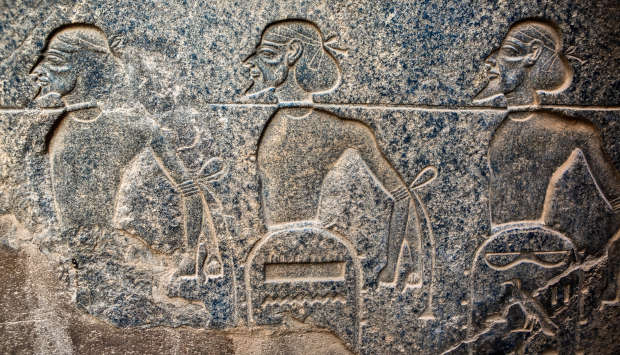Mining minerals from desalination brine in Saudi Arabia
21 December 2025
Published online 16 July 2020
Chemical analysis of tooth enamel reveals how the Hyksos came to be the first foreign rulers of Egypt.

Juan Aunion / Alamy Stock Photo
A team of archaeologists from the United Kingdom, Austria and France collected enamel samples from the teeth of 75 human skeletons buried in Tell el-Daba, which was the Hyksos capital in the northeastern Nile delta. They found that the Hyksos may not have come as foreign invaders, but migrated to Egypt and lived there for generations before they seized power.
The researchers looked at the ratio of strontium isotopes in the collected enamel samples. Strontium from rocks enters the human body through diet, where it is then deposited in the skeleton, including tooth enamel. Because the enamel is formed during early childhood, the isotopes ratio can pinpoint where individuals grew up.
Comparing the enamel isotope ratios to environmental isotope signatures from Egypt and elsewhere, the researchers found that more than half of their cohort spent their childhood outside the Nile Delta. They moved to the city from other places in greater numbers many years before the Hyksos rule, suggesting that they were possibly a local group of people long before gaining power. Many of the samples also belonged to females, which runs contrary to the argument that the Hyksos came as invaders.
“Rather than originating as an invading force, the Hyksos rulers might have been born and raised in Egypt,” says lead author, Chris Stantis, an archaeologist from the Bournemouth University, UK.
doi:10.1038/nmiddleeast.2020.77
Stay connected: